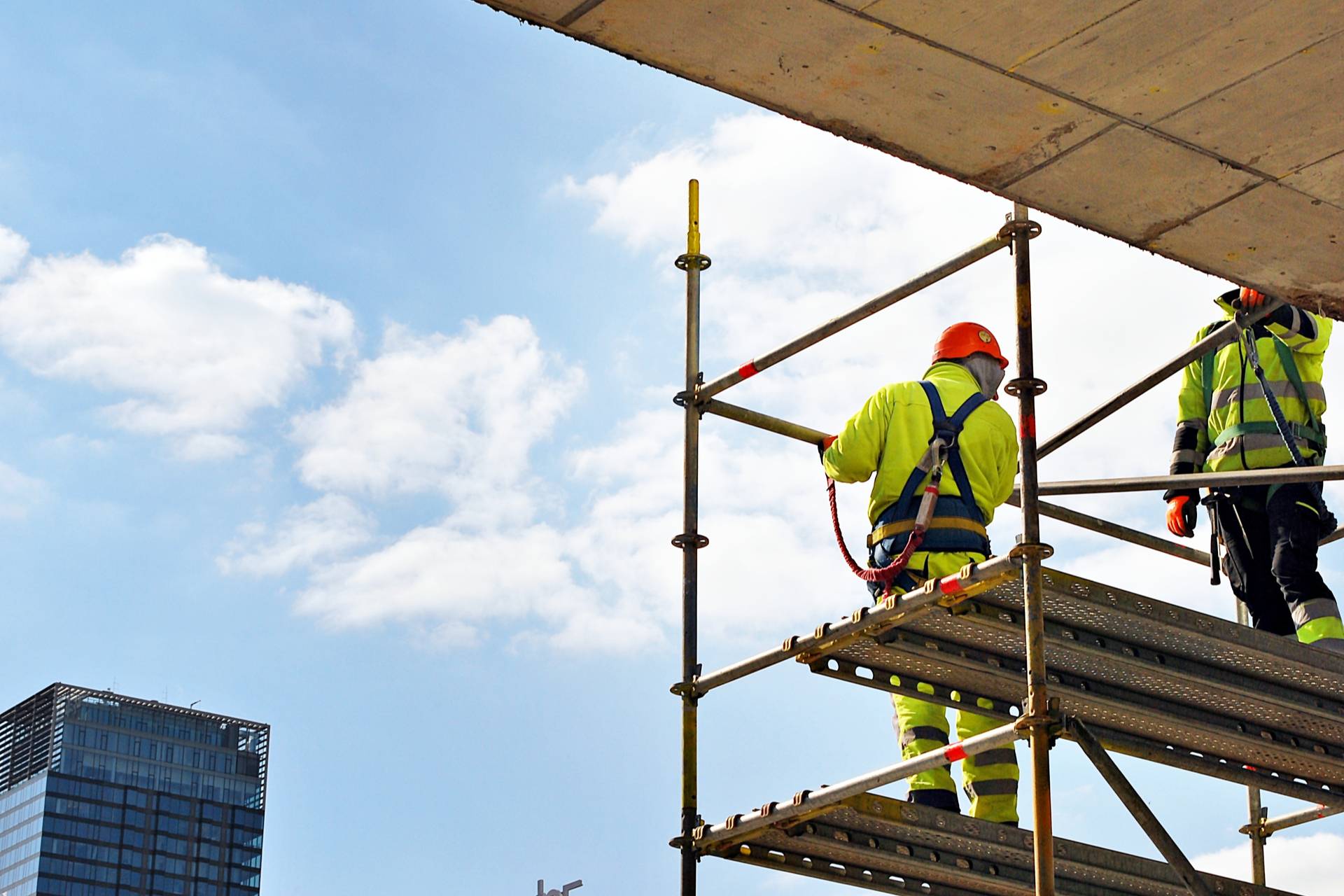5 Ways to stay safe using scaffolding
Here at Network Scaffold Services, we know all about the best way to work with scaffolding. If you have recently decided to undertake a construction project that requires a scaffold frame, it is important to know as much as possible before you start.
For this blog, we will give you five handy tips to ensure your building will be safe and look fantastic once work is completed.
Having confidence in your scaffolding structure
1) Plan ahead – Planning ahead makes your job easier and ensures all your equipment to complete the structure is readily available. This means that you will not be missing any important pieces and your structure meets all health and safety legislation.
Having a few sketches of the proposed construction allows you to visualise the structure, so when placing orders for materials you will get everything you need. Sketches will also help explain the structure to the scaffold team during a briefing.
Planning ahead ensures you have met all necessary requirements plus you will save time and money.
2) Construction ground – The foundations and conditions of the ground when building a scaffold is very important. Construction on uneven ground can be dangerous. Making sure the ground is level means the scaffold can be supportive even when conditions are wet.
3) Safety is a top priority – Safety is our number one priority at Network Scaffold Services. Making absolutely sure structures are safe and stable limits the chances of accidents on-site. Protective equipment such as hard hats, long sleeves, gloves, and goggles need to be worn when working with the scaffold. Protective equipment also needs to be used on scaffolding, such as safety rails and access gates to prevent anyone from falling from a height.
4) Creating a safe structure – Using safety decking gives you a safe working platform. The decking fits tightly together and ensures materials will not fall through the cracks to any other level when in use. Scaffolding also needs to be tied to the property for maximum protection.
5) Inspect scaffold – Scaffolding needs to be thoroughly checked out and inspected before being used. An inspection log has to be completed daily, detailing deterioration or signs of broken or partially damaged planks, handrails, and decking.
Get in touch for more information
If you have any questions about the best ways to use scaffolding on your construction site, please do not hesitate to contact Network Scaffold Services today.

